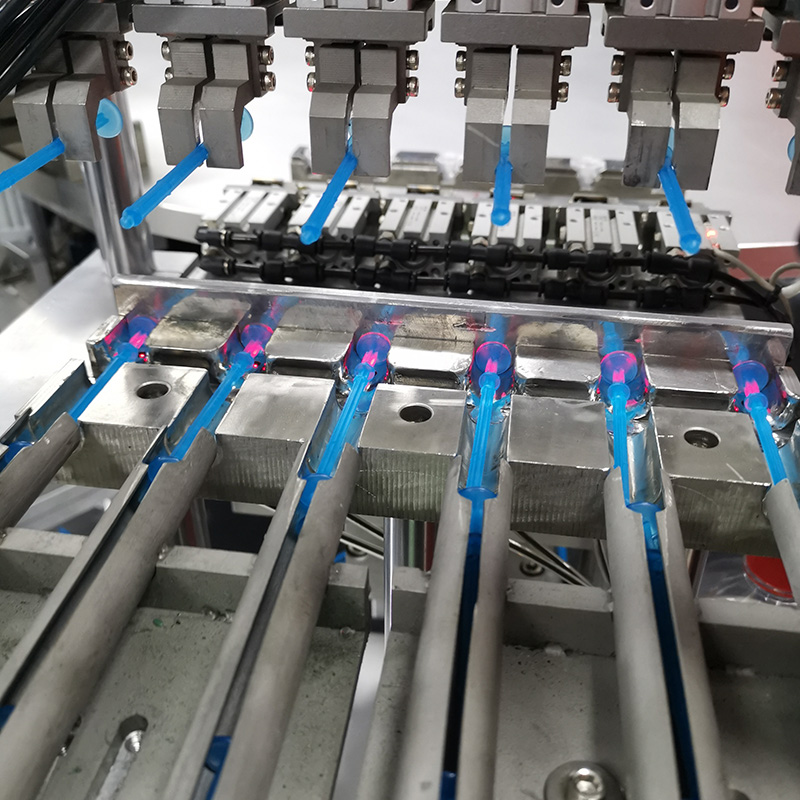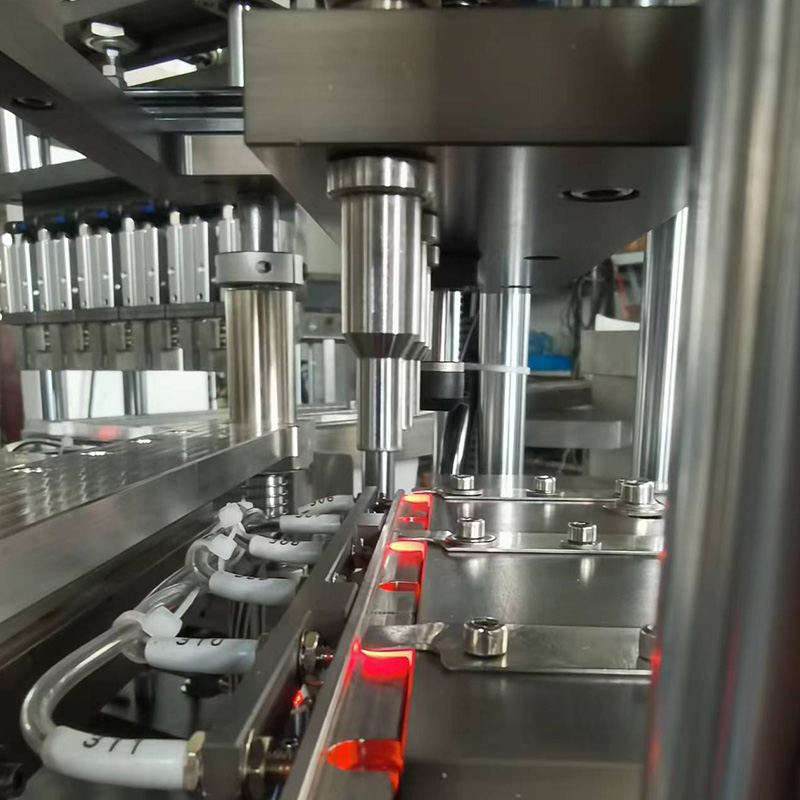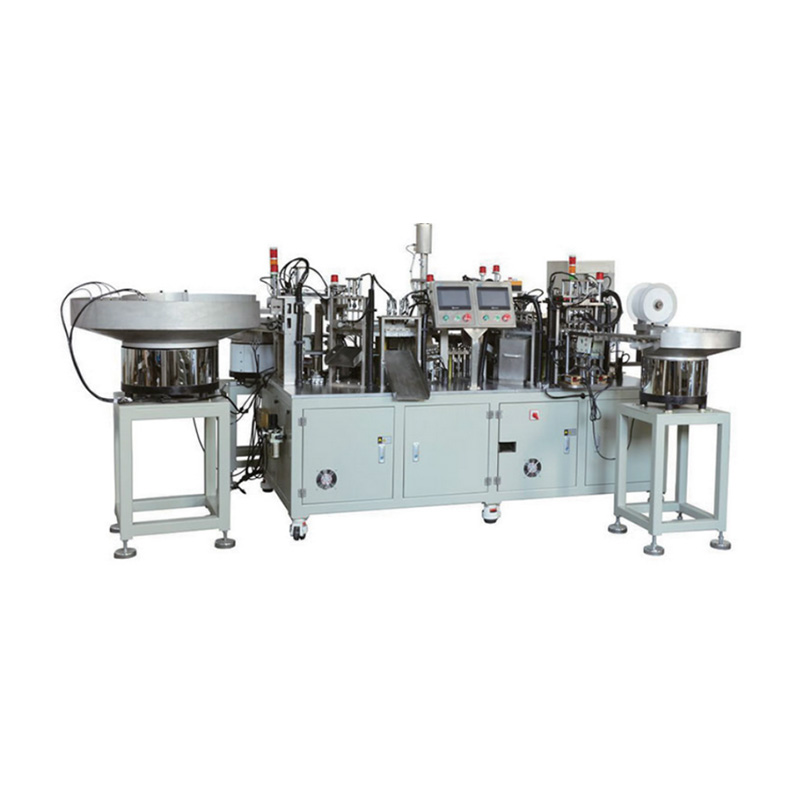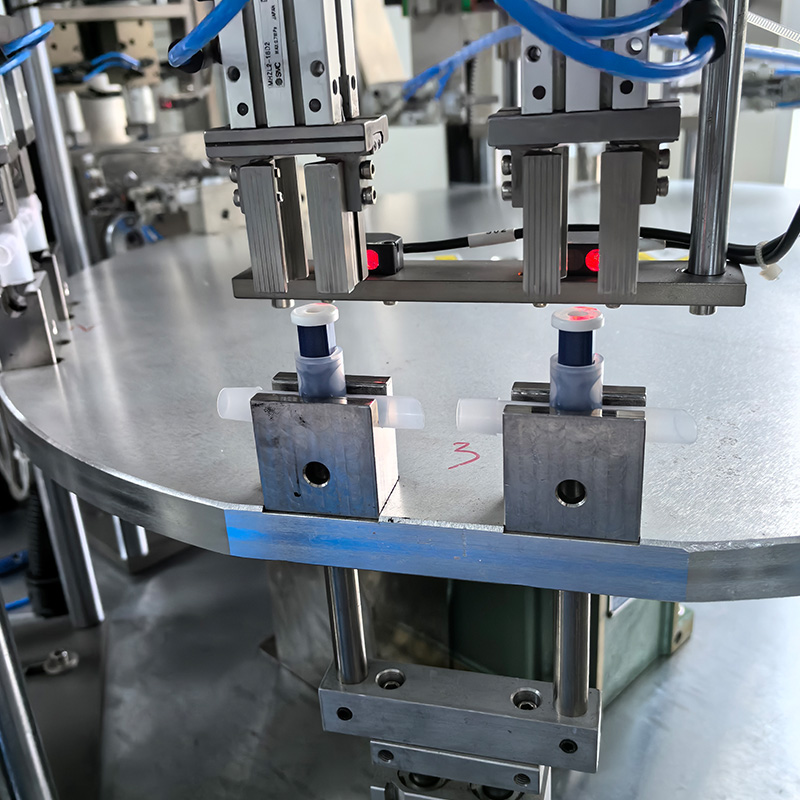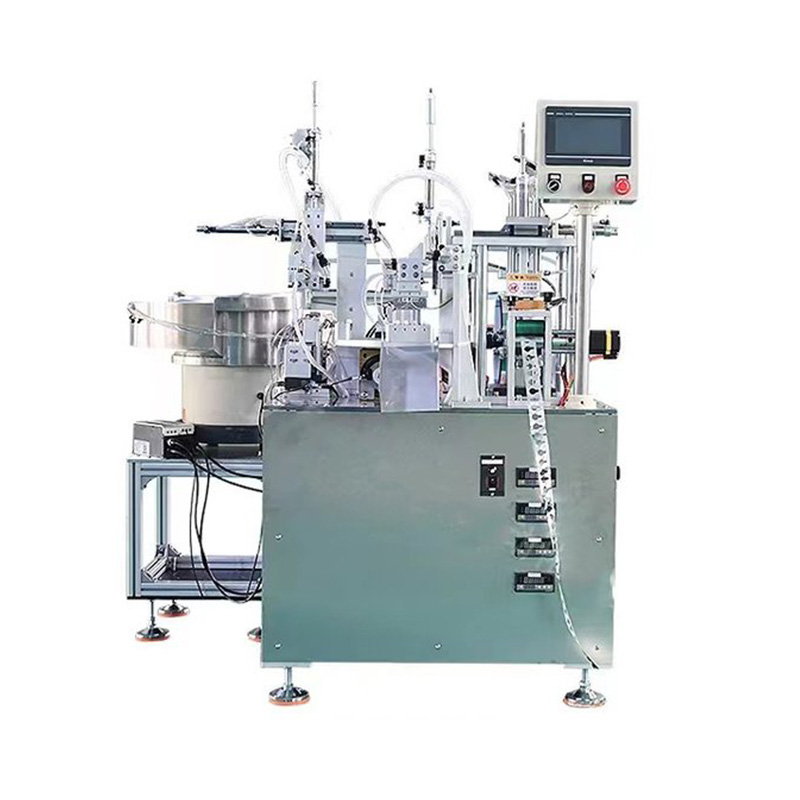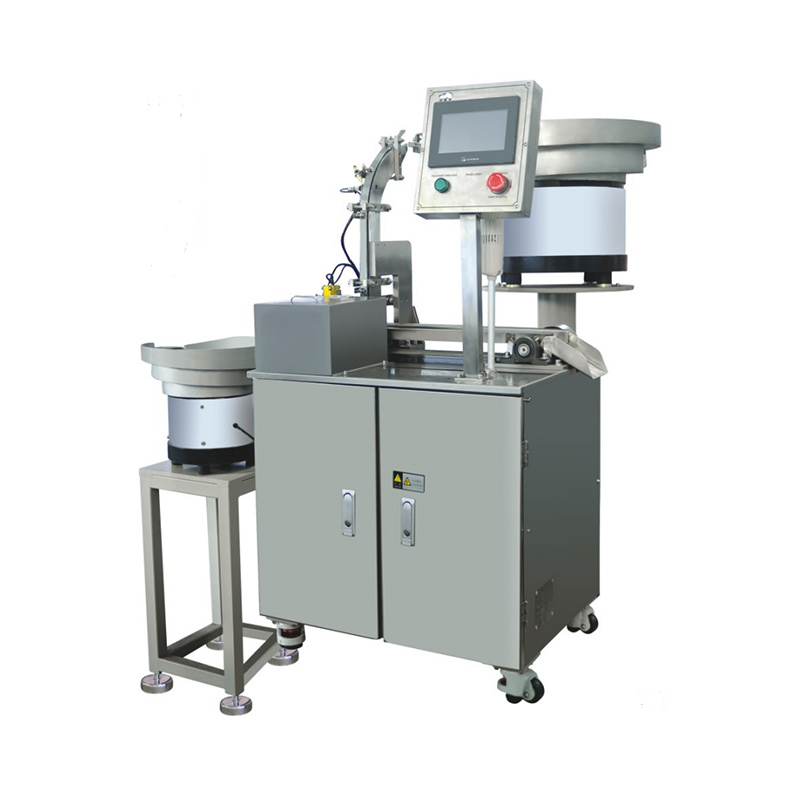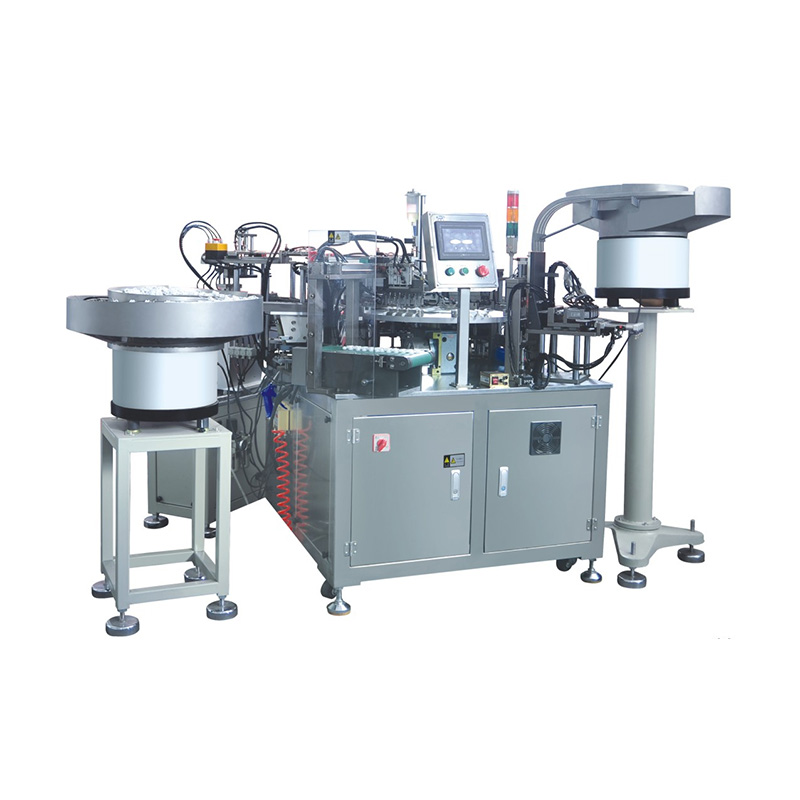China Zhejiang Taizhou Ambe Trading Co., Ltd. is a manufacturer specializing in the production of medical equipment automation equipment.
The healthcare industry continues to witness remarkable advancements in medical technology, particularly in the field of renal care. Among the critical innovations is the Hemodialysis Assembly Machine, a sophisticated device designed to streamline the production and functionality of hemodialysis circuits. These machines play a pivotal role in ensuring the safety, efficiency, and reliability of hemodialysis treatments for patients with kidney failure. As demand for dialysis services grows globally, manufacturers are focusing on enhancing Consumables, Hemodialysis Assembly machines, and Hemodialysis Circuit Machines to meet the needs of healthcare providers and improve patient outcomes.
The Role of Hemodialysis Assembly Machines in Modern Healthcare
Hemodialysis is a life-sustaining treatment for individuals with end-stage renal disease (ESRD), requiring precise and sterile equipment to filter toxins from the blood. The Hemodialysis Assembly Machine is integral to this process, as it automates the production of dialysis circuits, ensuring consistency and reducing human error. These machines assemble key components such as dialyzers, tubing sets, and connectors, which are essential for a functional Hemodialysis Circuit Machine.
By integrating advanced robotics and quality control systems, modern assembly machines enhance the production of Consumables Hemodialysis Assembly Machines, ensuring that each unit meets stringent medical standards. This automation not only increases production efficiency but also minimizes contamination risks, a critical factor in patient safety.
Technological Advancements Driving the Market
Recent developments in Hemodialysis Assembly Machine technology have introduced features such as real-time monitoring, automated sterilization, and AI-driven quality checks. These innovations help manufacturers detect defects early in the production process, reducing waste and improving the reliability of Hemodialysis Circuit Machines.
Additionally, the integration of smart sensors allows for better traceability of consumables, ensuring compliance with regulatory requirements. Manufacturers are also adopting modular designs, enabling easier upgrades and maintenance of Consumables Hemodialysis Assembly Machines, which extends their operational lifespan and reduces downtime.
Meeting Global Demand for Dialysis Equipment
With the rising prevalence of chronic kidney disease (CKD) worldwide, the demand for hemodialysis treatments is increasing. According to industry reports, the global dialysis market is expected to grow significantly, driven by aging populations and higher rates of diabetes and hypertension. This surge underscores the importance of scalable and efficient Hemodialysis Assembly Machines to meet production demands without compromising quality.
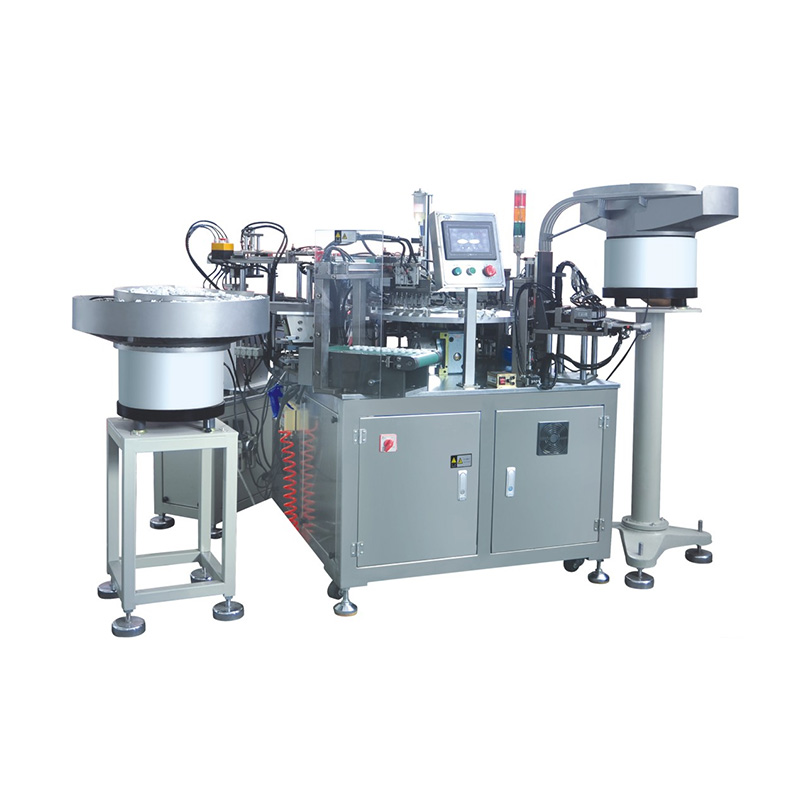
Emerging markets, in particular, are investing in localized manufacturing of Hemodialysis Circuit Machines to reduce dependency on imports and improve accessibility. Governments and private sector players are collaborating to establish production facilities equipped with advanced Consumables Hemodialysis Assembly Machines, ensuring a steady supply of affordable dialysis consumables.
Sustainability and Cost-Effectiveness in Production
As healthcare systems face budget constraints, manufacturers are exploring ways to optimize the cost structure of Hemodialysis Assembly Machines. Energy-efficient designs, recyclable materials, and reduced water consumption in production processes are becoming key focus areas. By improving sustainability, companies can lower operational costs while contributing to environmental conservation—a growing priority in the medical device industry.
Furthermore, advancements in Hemodialysis Circuit Machine technology are enabling longer-lasting and more efficient dialysis sessions, reducing the frequency of consumable replacements. This not only benefits patients by minimizing treatment interruptions but also helps healthcare providers manage costs more effectively.
Future Outlook and Industry Collaboration
The future of Hemodialysis Assembly Machines lies in continued innovation and cross-industry collaboration. Research institutions, medical device companies, and healthcare providers are working together to develop next-generation machines with enhanced precision and connectivity. The adoption of IoT (Internet of Things) in Consumables Hemodialysis Assembly Machines is expected to enable remote diagnostics and predictive maintenance, further improving reliability.
Regulatory bodies are also playing a crucial role by establishing guidelines to ensure the safety and efficacy of these machines. Standardization of production processes will help maintain consistency across different markets, fostering global adoption of advanced Hemodialysis Circuit Machines.
The evolution of Hemodialysis Assembly Machines represents a significant leap forward in renal care technology. By improving production efficiency, ensuring quali
ty, and reducing costs, these machines are making hemodialysis treatments more accessible and reliable for patients worldwide. As the industry continues to innovate, the integration of smart technologies and sustainable practices will further enhance the capabilities of Consumables Hemodialysis Assembly Machines and Hemodialysis Circuit Machines, ultimately improving the standard of care for kidney disease patients.
With ongoing advancements and collaborative efforts, the hemodialysis sector is poised to meet future challenges, delivering life-saving treatments with greater precision and efficiency than ever before

 English
English русский
русский Español
Español

